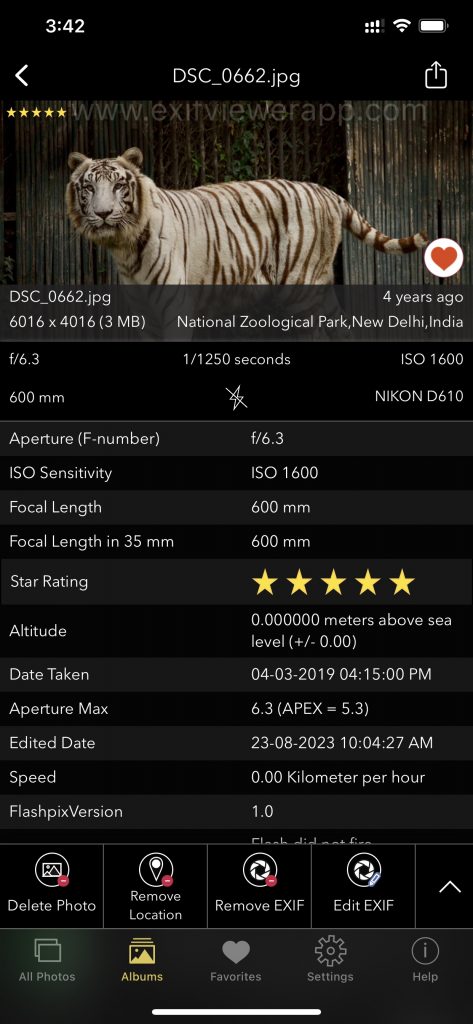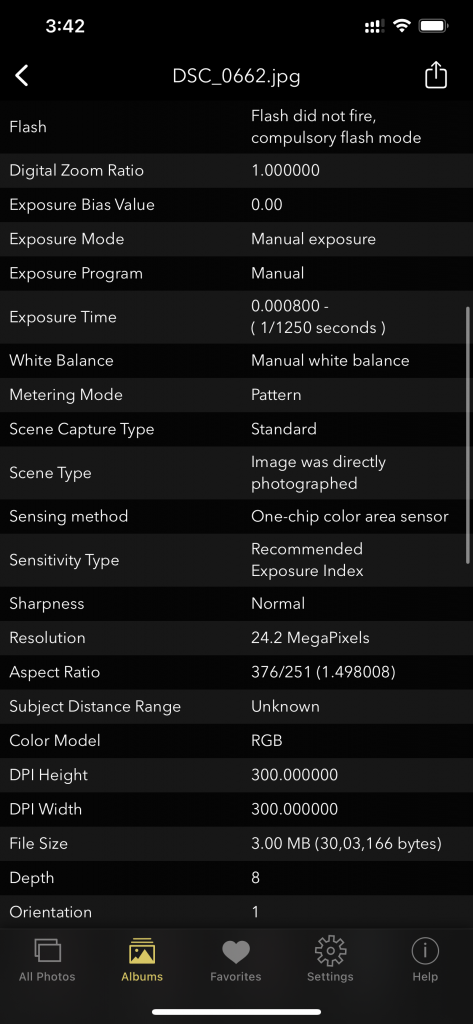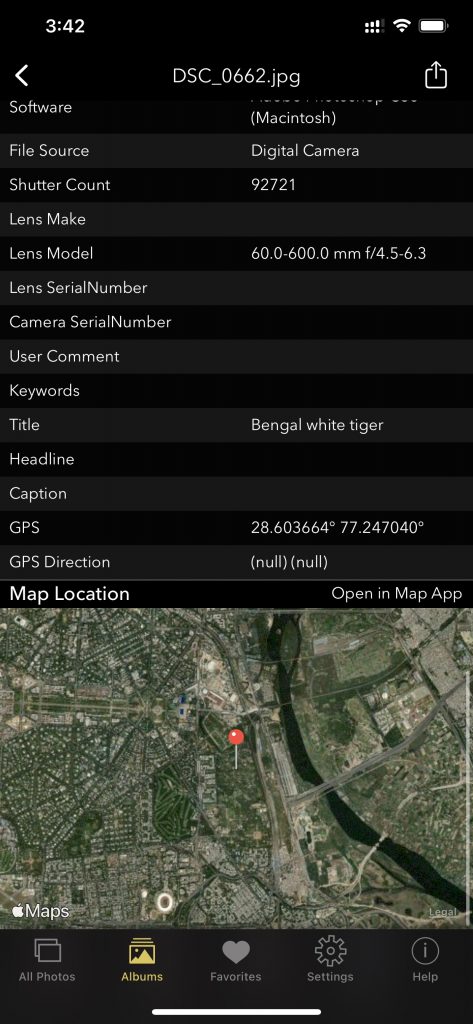Navigating Emerging Trends and Technologies
In the digital age, our lives are intricately intertwined with images. From sharing our daily experiences on social media to preserving cherished memories, photographs play a pivotal role. But what often goes unnoticed behind these images is the treasure trove of information embedded within them – EXIF metadata. EXIF (Exchangeable Image File Format) metadata is the hidden data that accompanies every digital image, containing valuable details such as the date and time of capture, camera settings, and even GPS coordinates. As we venture into the future, we find ourselves at the cusp of an exciting revolution in the world of EXIF metadata, characterized by emerging trends and technologies that promise to reshape how we use, protect, and analyze this invaluable information.
Blockchain-Based Verification
One of the most compelling trends in the world of EXIF metadata is the integration of blockchain technology for verification and authentication purposes. In an era rife with misinformation and deepfakes, ensuring the integrity and authenticity of digital images has become paramount. Blockchain, with its inherent characteristics of transparency and immutability, offers a solution to this problem.
By storing EXIF data on a blockchain, users can verify the provenance of an image, confirming that it has not been tampered with or manipulated. This has far-reaching implications, especially in fields like journalism and forensics, where the trustworthiness of visual evidence is crucial. When an image’s EXIF metadata is securely stored on a blockchain, it becomes an indisputable record of its origin, enabling us to distinguish between genuine and doctored content with confidence.
AI-Driven Analysis
Artificial Intelligence (AI) is another transformative force in the realm of EXIF metadata. AI algorithms are becoming increasingly adept at parsing the data hidden within images and drawing meaningful insights from it. This goes far beyond the traditional categorization of photos by location or date. AI-driven analysis can reveal the emotional context of an image, the dominant colors, and even the subjects of the photograph.
For instance, AI can help photographers categorize their image libraries more efficiently, making it easier to find specific shots from years ago. In e-commerce, AI can analyze product images to identify popular trends and consumer preferences. Furthermore, AI can aid law enforcement agencies in recognizing patterns or objects in crime scene photographs, potentially solving complex cases faster.
Privacy Concerns and Ethical Considerations
While the future of EXIF metadata holds immense promise, it also raises significant privacy concerns. The GPS coordinates and timestamps embedded in EXIF data can be used to track an individual’s movements, potentially infringing upon their privacy. As a result, it is crucial to strike a balance between leveraging this data for innovation and safeguarding individual rights.
In response to these concerns, emerging technologies such as differential privacy and federated learning are being explored. These techniques allow data to be analyzed without revealing sensitive information about individuals. Striking the right balance between data utility and privacy protection will be a critical challenge in the future of EXIF metadata.
The future of EXIF metadata is a promising one, marked by the integration of blockchain-based verification and AI-driven analysis. These technologies have the potential to revolutionize how we use, protect, and analyze the hidden information within our digital images. However, as we navigate this exciting frontier, it is essential to remain vigilant about the ethical implications and privacy concerns that may arise. By harnessing the power of EXIF metadata responsibly, we can unlock new dimensions of creativity, security, and knowledge in the digital age.
FOR VIEWEING EXIF DATA: :
You can view exif information any of your devices.
- On a windows PC: Use File Explorer and other Third-party softwares like “Exif Pilot” or “ExifPro”.
- On a MAC: Use Preview, Photos App.
- On Android devices: Built-in Gallery App and Third-party Apps like “EXIF Editor” or “Photo EXIF Editor.”
- On iOS devices: Photos App and Third-party Apps like Exif Viewer by Fluntro.
There are also apps that shows EXIF metadata for images saved on your device. For iOS user we suggest “Exif Viewer by Fluntro“.
- Download an EXIF viewer app from the App Store, such as “Exif Viewer by Fluntro.”
- Open the app, import your photo, and View and Remove the EXIF data.
Appstore Link: – https://apps.apple.com/us/app/exif-viewer-by-fluntro/id944118456



On iOS: Screenshot of EXIF Viewer by Fluntro app displaying detail view of all exif information of a photo
Checkout the preview video of Exif Viewer by Fluntro: